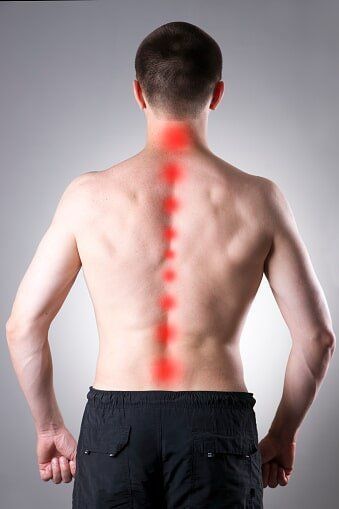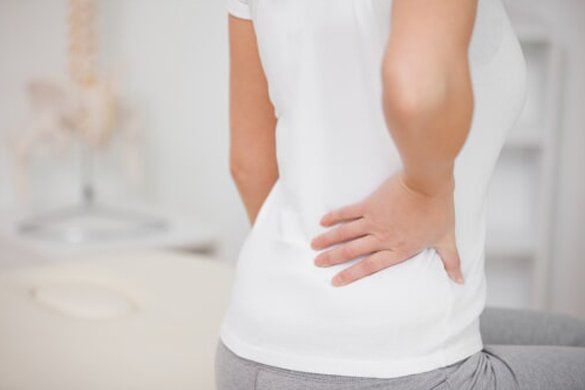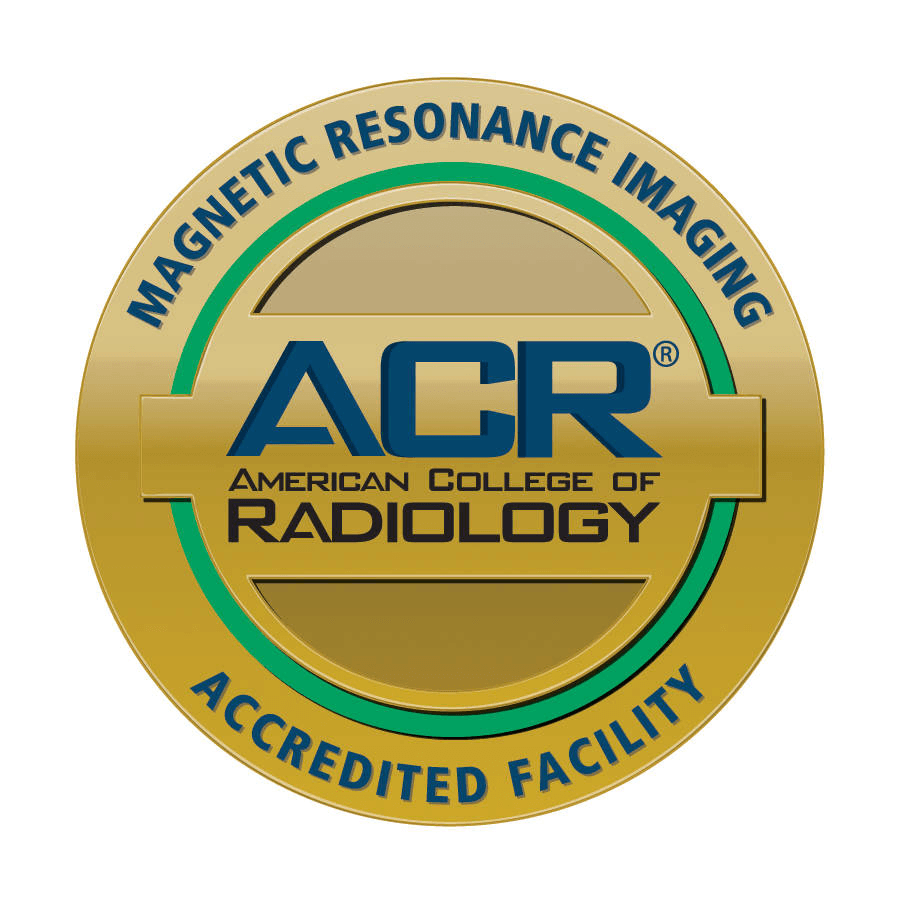
Choose English, Spanish or Portuguese Here
Spine Treatment at Our Jersey City Office
Scoliosis
What is this mystery problem?
Scoliosis is curvature of the spine to the side, with twisting (something like a corkscrew).
Scoliosis usually appears in late childhood or the early teens.
Treatment:
- Physical Medicine and Rehabilitation
- Orthosis - A brace
- Surgery - A bone-fusion operation
Diagnostic Aids:
- Scoliotic Series X-Rays.
Spinal Trauma
Definition: Damage to the spinal cord that results from injury.
Spinal cord trauma is caused by motor vehicle accidents, falls, sports injuries (particularly diving into shallow water), industrial accidents, gunshot wounds, assault, and other injuries. A seemingly minor injury can cause spinal cord trauma if the spine is weakened (such as from rheumatoid arthritis or osteoporosis).
A mild injury (such as "whiplash") may resolve when swelling is reduced. Severe injury (such as occurs from fractures, dislocations, or cutting of the spinal cord) usually results in permanent damage to the spinal cord. Spinal-cord trauma often causes permanent disability such as paralysis because nerve fibers are slow to heal and if they are destroyed, nerve fibers do not regenerate. Spinal-cord trauma can cause death in some cases.
Signs and tests:
Spinal-cord injury is a medical emergency requiring immediate attention to minimize the long-term effects.
- A neurologic examination
- Spine X-rays
- A CT scan or MRI
- A myelogram
Major Causes of Spinal Cord Trauma:
Diving into shallow water: Check the depth of water before diving and look for rocks or other possible obstructions.
Football and Sledding injuries often involve sharp blows or abnormal twisting and bending of the back or neck.
Use caution when sledding and inspect the area for obstacles.
Use appropriate techniques and equipment when playing football or other contact sports.
Falls while climbing at work or during recreation.
Defensive driving practices and improved vehicular design may prevent many automotive accidents and use of seat belts greatly reduces the risk of serious injury if there is an automobile accident.
Slipped Disc
A condition in which part or all of the soft, gelatinous central portion of an intervertebral disk (the nucleus pulposus) has slipped through the weakened part of the disk, resulting in back pain and nerve root irritation.
Radiculopathy refers to any disease condition of the spinal nerve roots.
Most herniation takes place in the lumbar area of the spine. Lumbar disk herniation occurs 15 times more often than cervical (neck) disk herniation, and it is one of the most common causes of lower back pain. The cervical disks are affected 8% of the time and the upper-to-mid-back (thoracic) disks only 1 to 2% of the time.
Nerve roots (large nerves that branch out from the spinal cord) may become compressed resulting in neurological symptoms such as sensory or motor changes.
Symptoms:
SYMPTOMS OF LUMBAR RADICULOPATHY:
Severe low back pain radiating to the buttocks, legs, and feet with aggravation due to strain like cough, sneezing accompanied by tingling and numbness.
SYMPTOMS OF CERVICAL RADICULOPATHY:
Severe neck pain radiating to arms and fingers, aggravation by coughing and sneezing accompanied by tingling and numbness.
DIAGNOSTIC TESTS:
- X-Rays
- MRI
- CT Scan
- Electromyography
- Thermography
- Nerve Conduction Velocity Status
Treatment:
- Medication
- Physical Medicine
- Rehabilitation
- Epidural Injuries
- Surgical Interventions
MEDICATIONS:
- NSAID
- MUSCLE RELAXANTS:
- ANALGESICS
SURGERY:
- LAMINECTOMY:
- SPINAL FUSION:
- MICRO DISKECTOMY:
- CHEMONUCLEOLYSIS:
DIET:
BED REST:
BRACES OR SUPPORTS:
Physical medicine modalities and rehabilitation.
- Ice or moist heat
- Physical Therapy
- Exercises to strengthen the muscles of the neck (for cervical radiculopathy) and abdomen (for lumbar radiculopathy). Flexion (bending) and extension (straightening) exercises may be prescribed to increase muscle strength and range of motion.
Prevention:
Safe work and play practices, proper lifting techniques, and weight control may help to prevent back injury in some people.
Back Pain
History:
- Patients presenting with mechanical back pain most often complain of pain in the lumbosacral area, which is exacerbated by movement or prolonged sitting or standing.
Causes:
Back Pain may be due to:
- Herniated Disc Location at L4, at L5 at S1
- Spinal stenosis
- Sacroilitis
- Osleoarthilic changes
Back Pain - WORK-UP
Tests:
- X-Rays
- MRI
- CT Scan
- Myolography
- Thermography
- Electromyography
Back Pain Treatment:
Conservative Therapy:
- Bedrest
- Hot/cold compresses
- Gentle flexion/extension exercises
- Spinal Traction
Pharmacologic Therapy:
- Analgestic
- Anti-inflammatory
- Anti-spasmodic medications
- Epidural steriod injections
Chronic Pain - What is it?
- The most serious disability disease of humans
- Pain is not the same as symptom, but pain = disease
- Pain that doesn't go away may lead to:
- narcotic addiction
- expensive disability
- ill-advised surgery of questionable value
Pain depends on the evaluator's learning experience or speciality to:
- neurologists or neurosurgeons, pain is a result of a neurophysiologic abnormality
- a psychiatrist or psychologist, pain is an emotional affect resulting from internal emotional conflicts.
- behaviorists, pain may be considered as a manipulative phenomenon
The interpretation of pain by the patient and by the observer as well as the methods of treatment remain as varied as are the concepts of pain. Noxious irritation of tissues plays a major role in many painful conditions that initiate the remaining mechanism.
Further Inpatient Care:
Follow-up can generally be handled by the patient's private physician in cases without true sciatica or nerve root findings.
Neck Pain
Causes:
- Penetrating trauma
Neck Injures may be due to:
Penetrating injury originates from knives in 50% of cases, GSWs in 45% of cases, and shotguns in 5% of cases.
GSWs, particularly high-velocity bullets
Vascular injuries arising from penetrating trauma may occur directly, causing a partial or complete transection of the vessel or inducing formation of an intimal flap, arteriovenous fistula, or pseudoaneurysm.
Injury to the pharynx or the esophagus occurs in 5-15% of cases.
The larynx or the trachea is injured in 4-12% of cases.
Major nerve injury occurs in 3-8% of patients sustaining penetrating neck trauma.
Spinal cord injury originating from penetrating trauma occurs infrequently, and almost always results from direct injury, rather than secondary osseous instability.
Penetrating neck trauma may precipitate an air embolism.
Suspect this entity in patients developing unexpected hypotension and/or arrhythmia, especially in the setting of an increase in central venous pressure.
Blunt trauma:
Blunt trauma to the neck typically results from an MVA, but it also occurs in sports ("clothesline tackle"), strangulation, blows from the fists or the feet, and excessive manipulation.
Blunt neck trauma is capable of provoking injuries that range from a minor contusion or abrasion to life-threatening events.
Of utmost concern is cervical spine injury. Suspect cervical spine injury in all patients sustaining significant blunt trauma to the head and/or the neck.
Nonpenetrating trauma is capable of injuring a blood vessel through a multitude of mechanisms.
Direct forces are able to shear the vasculature.
Excessive rotation/hyperextension of the cervical spine causes distention and stretching of arteries and veins to the point of rupture. Intraoral trauma may extend to the blood supply.
Basilar skull fractures may disrupt the intrapetrous portion of the carotid artery.
Impact to the exposed anterior aspect of the neck may crush the larynx or the trachea, particularly at the cricoid ring, and compress the esophagus against the posterior spinal column.
A sudden increase in intratracheal pressure against a closed glottis (e.g., improper wearing of a seat belt), a crush bruise (e.g., clothesline tackle), or a rapid acceleration/deceleration action may cause a tracheal injury.
Perforation of the pharynx or the esophagus following blunt neck trauma rarely occurs.
Initially, the patient may relate no complaints, and the physical examination fails to detect injury.
Since the walls of the esophagus are fragile, iatrogenic injury can follow endoscopy, passage of a nasogastric (NG) tube, or inadvertent esophageal intubation.
Brachial plexus injuries sustained from blunt trauma usually involve the upper nerve roots (C 5 to C-7), diminishing capacity of the upper arm, while sparing strength and sensation of the lower arm.
A radical avulsion of the brachial plexus results in a flaccid, anesthetic extremity.
Strangulation may result from hanging (partial or complete suspension of the body from the neck), ligature suffocation, manual choking, and postural asphyxiation (e.g., seen in children when the neck is placed over an object, and the body weight produces compression). Significant cervical spine and spinal cord damage only truly happens in those hangings that involve a fall greater than the body height. Simple asphyxiation is not the major cause of death in hanging injuries.
Neck Pain Medication
Infection subsequent to penetrating wounds of the neck is a major cause of death and disability.
Serving Northern New Jersey for Over 40 Years








